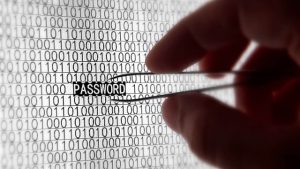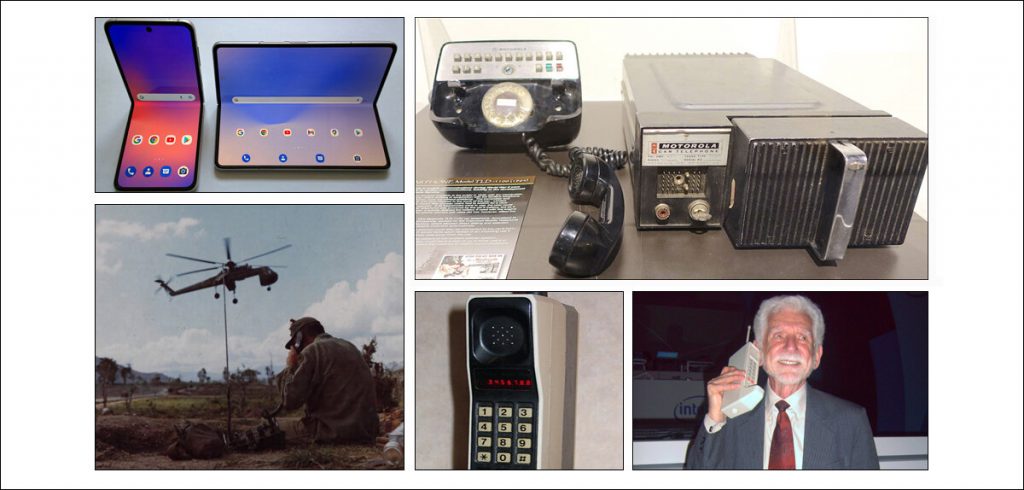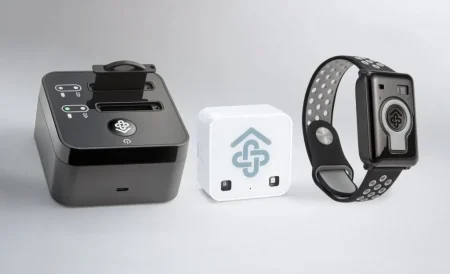The story of the first ever call from a mobile, handheld device is as exciting as whom it was made to and its violent, obscure birth finds Satyen K. Bordoloi.
There are personal fetishes. Then there is mass hysteria. But exactly 50 years ago today, humanity began a ridiculous obsession with a device that has led to the most rapid changes in everything we do in the fastest time possible. Indeed, our very conception of time has been altered by it.
Today, five decades ago i.e. April 3, 1973, the very first mobile phone call using a handheld telephone device, was made by Motorola engineer Martin Cooper as he walked between the 53rd and 54th streets of Sixth Avenue in New York, showing off a device big as a brick, yet which has affected the world in ways that no one alive that day could imagine in their wildest fantasies.
HORRIFIC HISTORY OF ‘MOBILE’ DEVICES
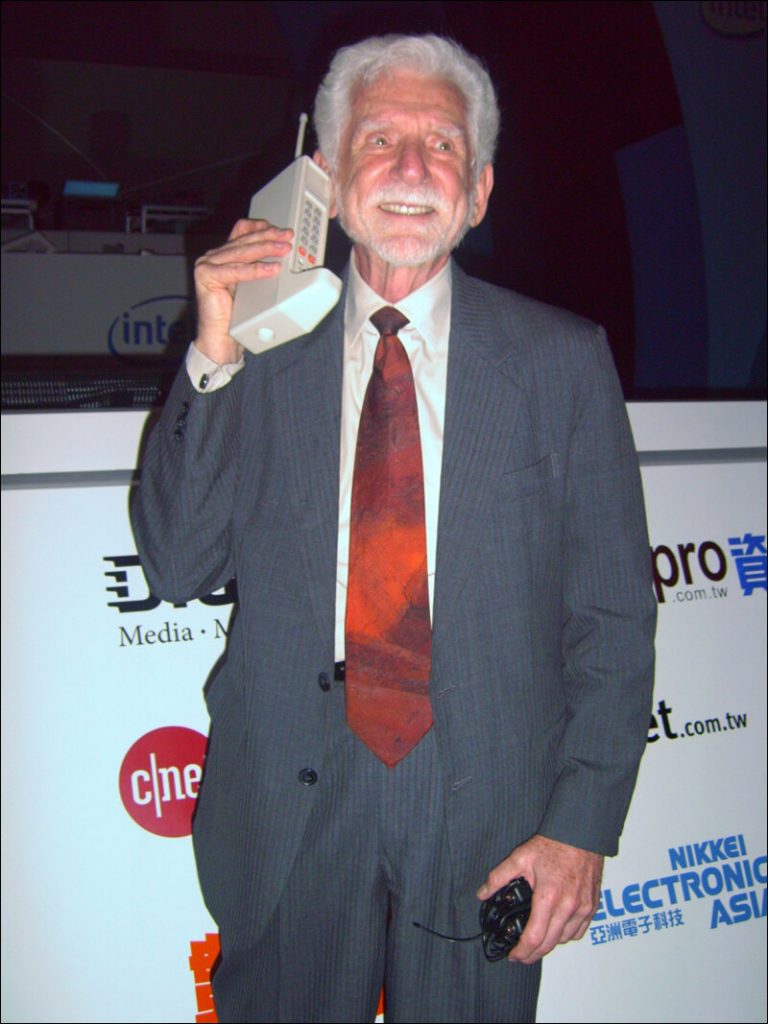
The need for mobile communication arose in the life-and-death theatre of war. Armies advancing in different sectors needed to keep in touch with each other and high command to coordinate, win wars and often simply survive. At the dawn of World War 1 however as during previous wars, drums, horns, flags, riders on horses, cycles or mopeds, dogs and pigeons, flares and pistol fires were available methods of communication. But each was slow and not as effective as the tides of war demanded.
Telephony was already used in the western world. Hence wires were laid across battlefields to allow for quick calls. But the lines won’t last long thanks to shelling, bombing, sabotage and the like. As planes entered the War, courier planes were used to pick up and drop messages in the middle of a battle but they were unreliable and expensive due to the risk of being shot down.
The need was hence for a device that could be ‘mobile’ i.e., be free of incumbents and go where soldiers went. Turns out there already was such a device. Wireless telegraph communication systems using high-powered stations – both onshore and on ships over long distances – had already changed the course of naval warfare.
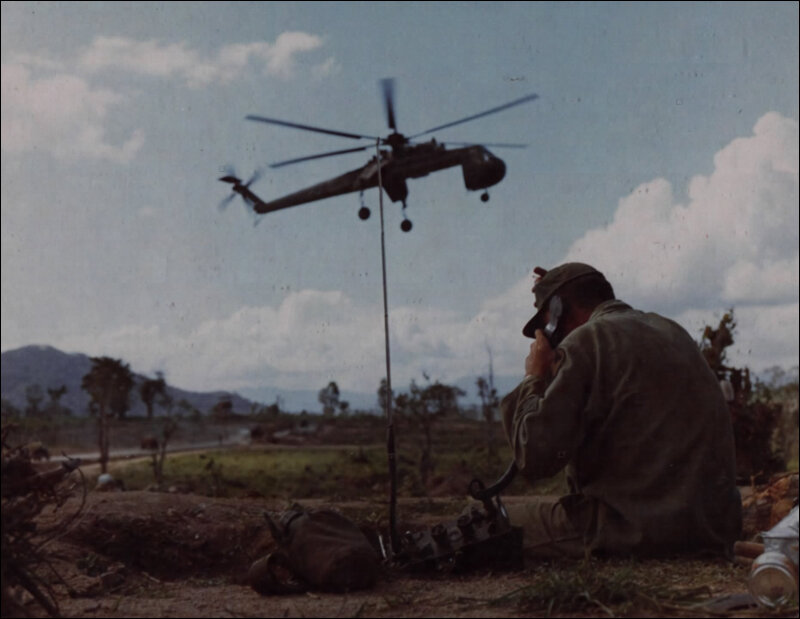
(Image Credit: Wikipedia)
Nations of the world got around to replicating radio communication devices for land and by 1938, Germany had successfully made a line of portable mobile radio devices for its army and air force. World War 2 still saw the older methods being used including pigeons and dogs – except in navies and air force – as mobile telephony proved ineffective due to their bulk and inconvenience.
But the horrors of World War 2 caused by the effective German blitzkrieg early on thanks to great communication between units, made split-second mobile communication essential for armies. Indeed, the solutions in the form of high-powered mobile radio sets that allowed telegraph communication at distances of over 100 miles even with vehicles in motion – came during the war, from the time, money and efforts spent on all kinds of scientific work conducted during that time. Computers, and indeed the entire digital ecosystem emerged from that and so did mobile telephony.
THE FANTASTIC STORY OF WHO RECEIVED THE FIRST CALL
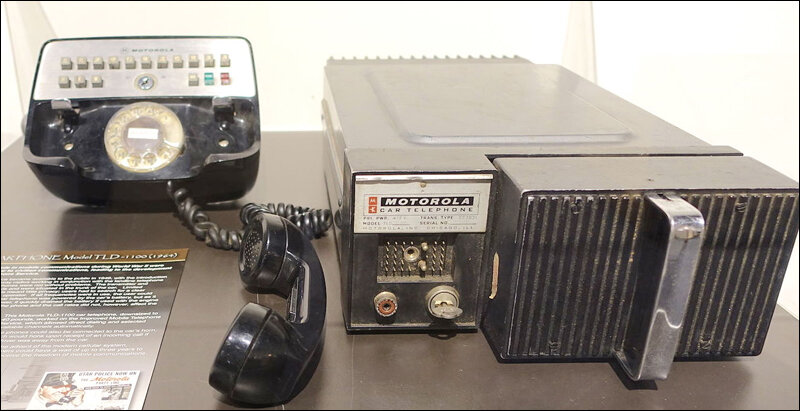
As America stole the march on technology, its companies took on the mantle of creating a mobile device. Leading it was Bell System – a behemoth of telecom companies associated with the founder of telephony Alexander Graham Bell which dominated US telecoms for over a century since its inception in 1877. Indeed, Bell System announced the idea of a mobile phone system right after World War 2 and assembled some of the greatest minds for the endeavour.
As available devices used during the war showed, for a telecommunication gadget to be mobile, it needed a huge battery and a large number of transistors making it a bulky proposition. So, Bell System focussed on what was immediately possible: creating a mobile device that can be used in a car. By the 1960s, they had succeeded.
But a mobile that fits into a car still needs a car and isn’t ‘mobile’ as we now know. Their competitor Motorola, while working on their car phone, decided to also do the opposite: put millions on the impossible to try and create a device one could carry in one’s hand.
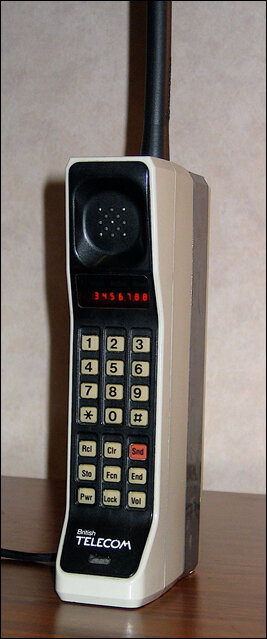
By the end of 1972, Martin Cooper assembled a team of designers and engineers who were experts on everything that a mobile needed: transistors, semiconductors, filters, communication networks, antennae and battery systems. The team worked tirelessly for over three months and by the end of March 1973, they had figured it out. The result was the Dynamic Adaptive Total Area Coverage phone or simply DynaTAC.
On April 3, 1973, there stood Martin Cooper with a phone that looked more like a brick, weighing over two kilos that barely fit into his hands and could hold just 30 telephone numbers and had a battery that took 10 hours to charge and lasted just 25 minutes of talk time. This short talk time wasn’t a problem because the number of people who could hold such a heavy ‘brick’ or ‘boot’ close to their ear for 25 minutes, was minuscule.
Standing on New York’s Sixth Avenue, Martin wondered whom he should call. His boss, mentor, friend.. mother? Cooper decided to do something wicked. He dialled his rival at Bell System, Dr Joel Engel. The phone connected with a cellular base station that Motorola had set up atop a building that patched into the landline phone network. Cooper exchanged pleasantries and then told Engel he was talking to him on a cell phone that he was carrying in his hand i.e. a personal, portable, handheld cell phone.
THE LONG HISTORY
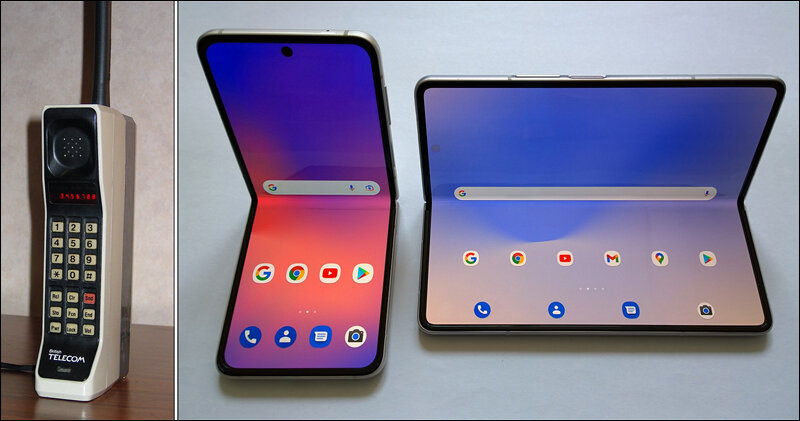
The rest, as they never say but should – is lots of backbreaking work before it could become history. Though a workable mobile device had been developed and demonstrated, it was useless if the network to support it wasn’t there. Thus began the work to develop the first generation or 1G cellular network that was called the Advanced Mobile Phone System – AMPS – that initially, though slowly, began being rolled out in North America in 1978.
The world had caught on to the idea and mobile networks, and phones began being developed across the world, from Japan to Europe. However, it took a decade after the first demonstration, for the world’s first commercially available mobile phone to be out on sale as the Motorola DynaTAC 800X in 1983. It was still as big, but a little lighter and less bulky on the hand.
Things have moved fast since. In 1991, the second generation or 2G network was launched. In 1992 the first true smartphone called the IBM Simon was launched but found few takers. It wasn’t until the new millennium – especially its second half – that the speed intensified further. The launch of the iPhone in 2007 changed everything and today – 50 years since the first truly mobile call was made – we do not carry just a mobile in our hands, but an artificial intelligence system that can do a million things that neither Martin Cooper nor any of his engineers could imagine as he made the first call.
50 years from now, as quantum computing will become enmeshed in devices and their networks, we will be doing things with our ‘mobile’ or ‘cellular’ phones that we cannot even fathom today. In the last 50 years, the mobile phone might have brought us into the realm of magic, but for all you know, it might have only just begun.
In case you missed:
- Why a Quantum Internet Test Under New York Threatens to Change the World
- AIoT Explained: The Intersection of AI and the Internet of Things
- And Then There Were None: The Case of Vanishing Mobile SD Card Slots
- A Data Centre on the Moon – From Sci-Fi to Necessity
- AI Taken for Granted: Has the World Reached the Point of AI Fatigue?
- Apple Intelligence – Steve Jobs’ Company Finally Bites the AI Apple
- What are Text-to-Video Models in AI and How They are Changing the World
- 9 new ways to power data centers: the unthinkable to the absurd
- You’ll Never Guess What’s Inside NVIDIA’s Latest AI Breakthrough
- The Path to AGI is Through AMIs Connected by APIs


